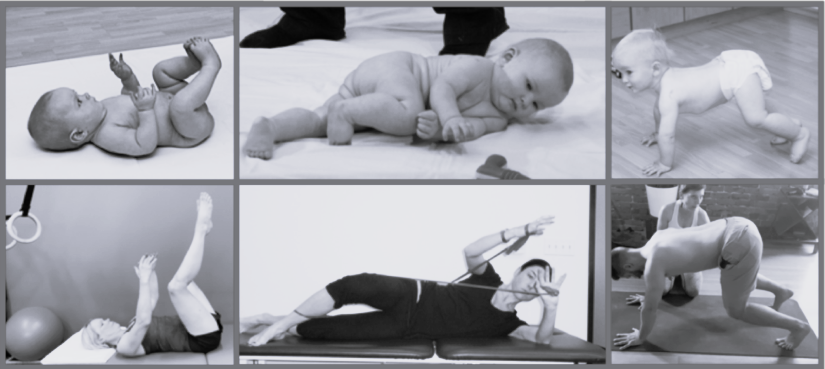Dynamic Neuromuscular Stabilization (DNS), according to Professor Kolar, is a functional diagnostic and treatment approach that is based on the principles of developmental kinesiology (DK).
“The nervous system establishes programs that control human posture, movement, and gait. This ‘motor control’ is largely established during the first critical years of life. Therefore, the Prague School emphasizes neurodevelopmental aspects of motor control in order to assess and restore dysfunction of the locomotor system and associated syndromes.”
The Prague School
The Prague School of Rehabilitation and Manual Medicine was established by key neurologists/physiatrists, each of whom were considered leaders in their respective fields of medicine and helped shape the 20th Century rehabilitation movement: Professors Vaclav Vojta, Karel Lewit, Vladimir Janda, and Frantisek Vele.
Based upon the groundbreaking neurodevelopmental and rehabilitation principles described by these mentors, Pavel Kolar has organized the next generation of clinical protocols that are designed to restore and stabilize locomotor function. This rehabilitation approach is called Dynamic Neuromuscular Stabilization (DNS).
DNS is not a technique and it is not list of generic “cookie-cutter” protocols. DNS is the lens through which we evaluate the quality and efficacy of postural stabilization and the efficiency of movement strategies that underlie much of the musculoskeletal syndromes that plague healthcare. The DNS concept compares a patient’s posture, strategies for stabilization and functional movements to developmental models of neurologically healthy infants. Comparing our patients to an ideal standard helps us to identify discrepancies that need to be addressed with therapy. Emphasis is placed on promoting appropriate muscle synergies with precise positioning of each joint and coordination of the stabilizing musculature of the trunk, which includes the abdominal, pelvic, and back muscles. Learning the correct breathing techniques during exercise is also a vital component of DNS therapy, as it is important for the patient to become aware of and master correct breath coordination and efficient movement patterns. The goal of therapy is to balance the effect of the internal forces of the muscles acting on the spine and joints. DNS therapy is primarily an educational process that teaches the patient how to optimally activate the spinal and joint stabilizers in static positions, as well as, during movement. Over time, the patient learns to recognize and correct errors during their activities of daily living.
